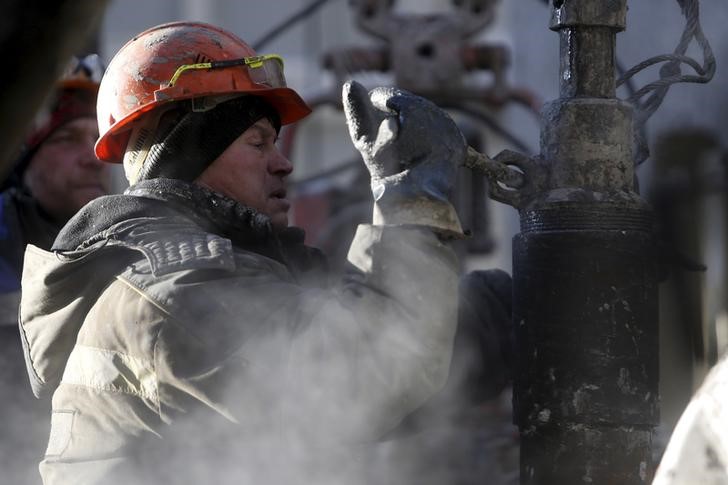© Reuters. An entrance sign at the Chevron refinery, located near the Houston Ship Channel, is seen in Pasadena, Texas, U.S., May 5, 2019. REUTERS/Loren Elliott/File Photo
MOSCOW (Reuters) – Chevron (NYSE:) is sending cargoes of Kazakhstan’s CPC Blend oil to Asia around Africa’s Cape of Good Hope rather than via the Red Sea to avoid the risk of attacks by Yemen’s Houthis, according to three industry sources and LSEG ship-tracking data.
The Iranian-aligned Houthis have stepped up attacks on shipping despite U.S.-led air strikes on the group’s positions in Yemen, leading more vessels to avoid using the Red Sea and the Suez Canal – the shortest sea route between Europe and Asia.
CPC Blend crude is loaded at the Russian Black Sea terminal of Yuzhnaya Ozereevka, near Novorossisk. The normal route for cargoes to Asia is out of the Black Sea, into the Mediterranean and then south through the Suez Canal. Sailing west through the Mediterranean and then south around Africa adds many days to the voyage and drives up shipping costs. Most of the CPC Blend crude is from Kazakhstan, but some is from Russian companies. Russian-sourced CPC Blend continues to sail via the Red Sea, the sources said and the LSEG data showed. The Red Sea attacks and soaring freight costs seem to be limiting CPC Blend flows to Asia. Total CPC Blend supplies to Asia have more than halved, to 550,000 metric tons in January, from 1.2 million tons in December, the sources said and the data showed. Chevron, whose Kazakh company Tengizchevroil is the biggest exporter of Kazakh CPC Blend, declined to comment on specific vessels. “Chevron will continue to actively assess the safety of routes in the Red Sea and throughout the Middle East and make decisions based on the latest developments,” the company said in reply to Reuters’ requests for comment. The Caspian Pipeline Consortium (CPC) is the main exporter of Kazakhstan’s . The main shareholders in CPC are Russian pipeline operator Transneft with 24%, Kazakhstan’s KazMunayGas with 19%, and the Chevron Caspian Pipeline Consortium Company with 15%.
Read the full article here

